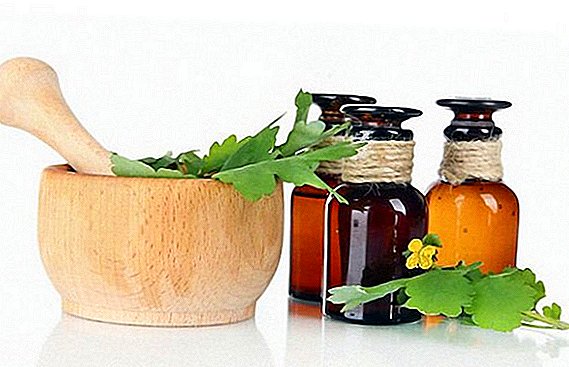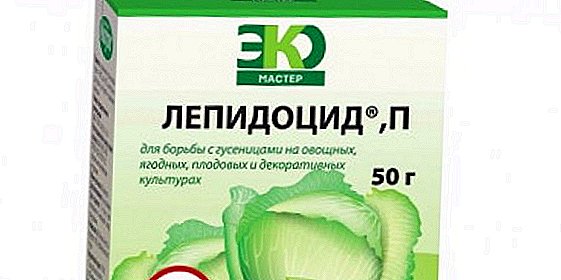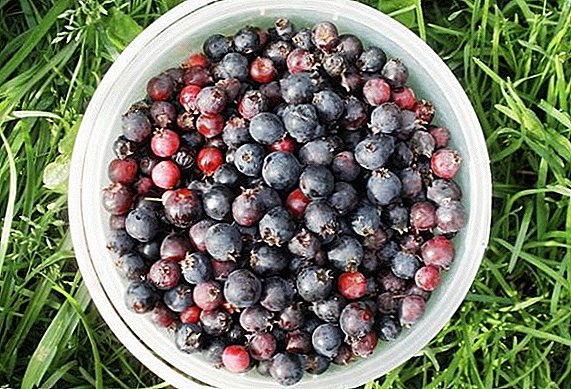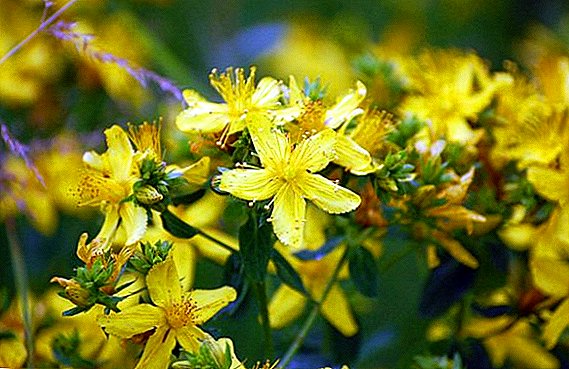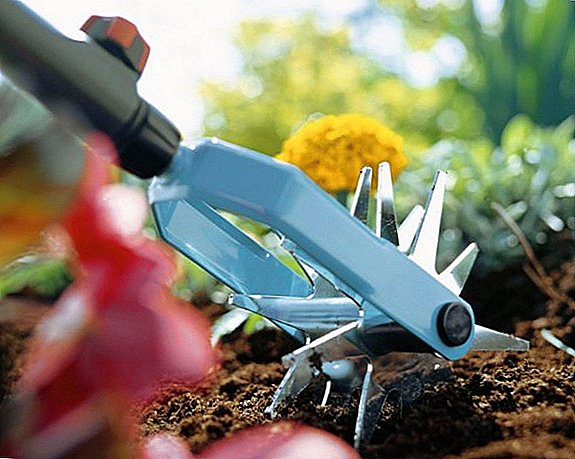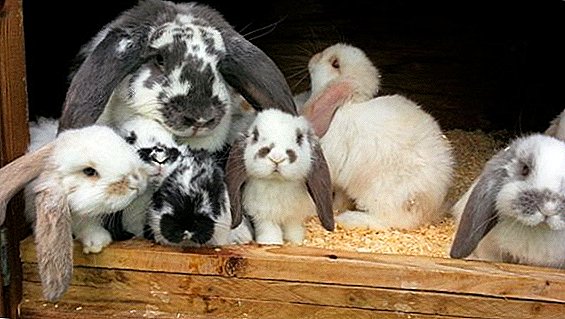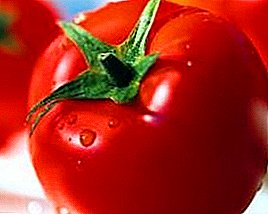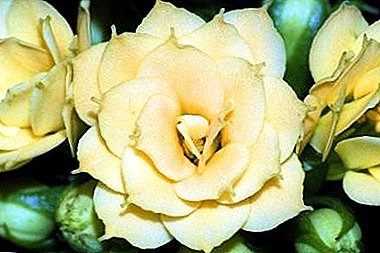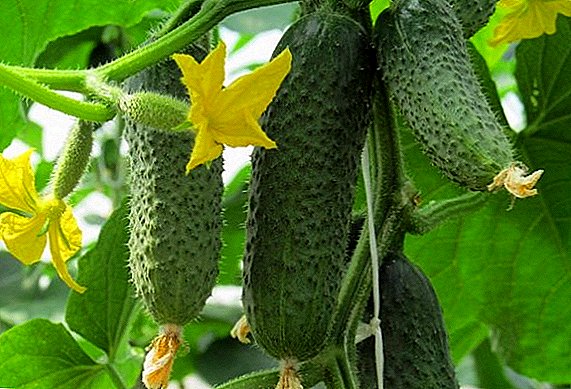 Cucumbers have become an integral part of our daily diet, these vegetables are present on our table almost all year round. Each summer resident necessarily grows them in his beds or in the greenhouse.
Cucumbers have become an integral part of our daily diet, these vegetables are present on our table almost all year round. Each summer resident necessarily grows them in his beds or in the greenhouse.
The variety of varieties is amazing and makes you wonder what kind of preference is given. Of course, one should choose from the highest quality.
We offer you to get acquainted with the description of cucumber "Kibriya F1" - this young variety is very popular and has brilliant characteristics.
Inference history
The hybrid variety appeared in 2009 as a result of the continued work of the Dutch scientists from the company "Rajk Zwaan" (Rijk Zwaan Holding), which has been known for its quality products for over half a century.
Characteristics and features
Cucumbers "Kibriya F1" are suitable for cultivation in the greenhouse, as well as for cultivation in open ground in early spring and summer. The plant is characterized by an incredibly fast rate of ripening, as the crop can be harvested within 35-40 days after germination. 
Bushes
Culture refers to the indeterminate, that is, not limited in growth. The height of the shrub reaches 1.5 m. Shoots, or stepchildren, are practically not formed, which greatly facilitates the care of the plant.
Bushes are covered with medium-sized leaves of bright green color. At each node is formed from 1 to 3 ovaries. For plants characterized by female type of flowering.
Fruit
Cucumbers have an oval shape and are colored dark green with light stripes. Fruits are characterized by moderate tuberculosis. Covered with whitish, not sharp thorns.  Taste qualities are rated very high: cucumbers are crunchy and homogeneous, they are not bitter. The weight of ripe green rice varies from 90 to 120 g.
Taste qualities are rated very high: cucumbers are crunchy and homogeneous, they are not bitter. The weight of ripe green rice varies from 90 to 120 g.
Yield
The yield of this variety is just amazing, with 1 square. m planting in compliance with the rules of agrotechnology collect 14-20 kg of quality product. Such indicators are considered very high and exceed the yield of many popular hybrid varieties by 2-3 kg.
Did you know? Many people mistakenly believe that cucumbers are absolutely not useful and contain only water, but this is far from the truth. In fact, these green fruits contain a lot of fiber, vitamins C, B1 and B2, as well as a large number of trace elements.
Advantages and disadvantages
Like any other culture, the Kibriya F1 cucumber has its advantages and disadvantages. The advantages far outweigh, but first things first. 
pros
Among the main positive qualities of a variety note:
- Early maturity, the crop ripens in a month and a half.
- Resistance to many common diseases.
- Good presentation and the possibility of long-term storage of fruits, as well as painless transportation.
- Cucumbers are considered to be universal - they can be consumed raw, used for salting and pickling.
- Shrub stress tolerant, change of weather has little effect on yield.
- Does not need regular pinching.
- Culture is unpretentious and does not require specific care.
- Hybrid self-pollinated.
Learn more about the benefits of salted and pickled cucumbers.
Minuses
The plant also has minor drawbacks:- Culture needs regular fertilization with minerals and vitamins.
- For Kibrii F1, drought and heat are devastating, leaves and ovaries dry up and fall in such conditions.
- Planting material is quite expensive.

Important! Seeds "Kibrii F1" do not need to be disinfected or soaked.
Growing seedlings
To ensure the subsequent painless transplantation of seedlings in the greenhouse or open ground, seeds are sown in special containers or individual pots.
It is necessary to properly prepare the soil for cucumbers, as the success in growing seedlings depends on the right substrate. Soil mixture should contain peat, nutrients, perlite or vermiculite.
Before planting, it is necessary to disinfect the soil - this is done using a solution of potassium permanganate, roasting in the oven or watering with boiling water.
The acidity of the soil also matters: it must be slightly acidic. If the soil does not meet this criterion, lime should be added.
The time of sowing cucumbers for seedlings depends on where the crop will grow: for cultivation in a greenhouse, you can start sowing in December, and for open ground, seeds are planted not earlier than April. Humidity in the room in which the seedlings are grown should be 90-95% before the development of the first leaf and 80-85% after its appearance.
It is important to ensure timely watering with warm settled water. For the entire period of growing in a container, 3-5 fertilizing is carried out using complex mineral fertilizers.
Important! Observe the temperature and light conditions when growing seedlings. Air temperature before the appearance of the first shoots should be 25-27 ° C, and after - 20-25 ° C. Also, experts recommend providing additional coverage for young plants for 15-20 hours a day, after the appearance of the first shoots.
Transplanting seedlings to a permanent place
After a single sheet has formed on the plants, they are ready to be transplanted to the garden bed or to the greenhouse. Bushes are planted at a distance of 50 cm from each other. 
Care features
Having studied the brilliant characteristics of the Kibriya cucumbers, one might think that they are very capricious and require special labor-intensive care, but this, fortunately, is not so. In compliance with agrotechnics there are certain subtleties, but they will not take much of your time and effort.
Watering, weeding and loosening the soil
Water culture as the soil dries around the bush. For adult plants, as well as for seedlings, use warm, separated water. After watering, it is advisable to gently loosen the soil to avoid the formation of a crust. It is necessary to regularly weed beds from weeds.
Forming a bush
A couple of days after planting the plants in a permanent habitat, they are tied up on a trellis, the height of which should be 2.5-2.7 m. The first 4-7 sinuses on the main stem are necessarily blinded.
After this, the lateral processes and excess ovaries are removed, their number should not exceed 2-3 pieces. in one node.
The main stem is thrown over the trellis and positioned so that the top of the plant is at the bottom. Then the bush pinch after 4-5 leaves. Such manipulations are necessary for the plant to receive the right amount of light.
Did you know? Cucumber juice is widely used in cosmetology. With it, you can lighten the skin, improve the complexion, remove puffiness and even prevent the appearance of acne.
Preventive spraying
The variety is highly resistant to many diseases. Prophylactic treatment is carried out in order to minimize the chances of peronosporosis.
To prepare the solution using the preparations "Ridomil Gold", "Quadris" and "Infinito" according to the instructions.
Top dressing
Regular feeding is very important for this variety of cucumbers, their timely introduction will certainly guarantee high yield and marketable quality of the fruit.  Preference should be given to complex mineral supplements with a high content of phosphorus, calcium, magnesium, potassium, and a small amount of nitrogen.
Preference should be given to complex mineral supplements with a high content of phosphorus, calcium, magnesium, potassium, and a small amount of nitrogen.
It is also allowed to use organic matter, namely, rotted cow and horse manure. For fertilizer 1 square. m beds will need 25 kg of organic matter.
See cucumber varieties such as Phoenix, Cedric, Graceful, Libelais, Merengue, Spring, Taganay, Emerald Earrings, Palchik, Real Colonel.
Harvest
Ripe fruits should be no more than 11 cm in length, and such indicators can be achieved only with daily harvest. It is experimentally proven that if cucumbers are harvested every other day, they outgrow, which means they lose their presentation.
Cucumbers "Kibriya F1" are used both for fresh consumption, and for pickling and pickling. A good yield and unpretentiousness of the plant bring him into the leaders of hybrid crops and determine the high popularity of the relatively young variety. 


